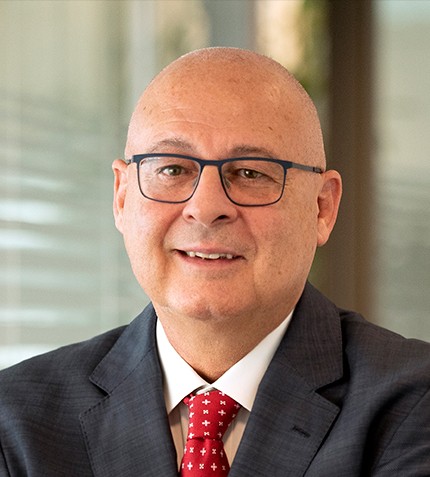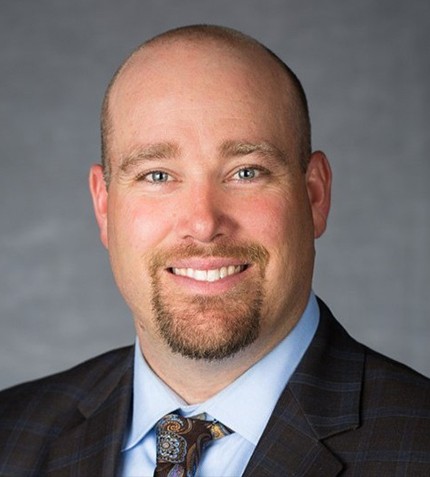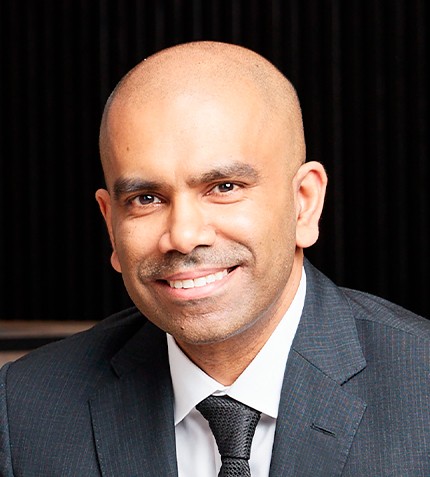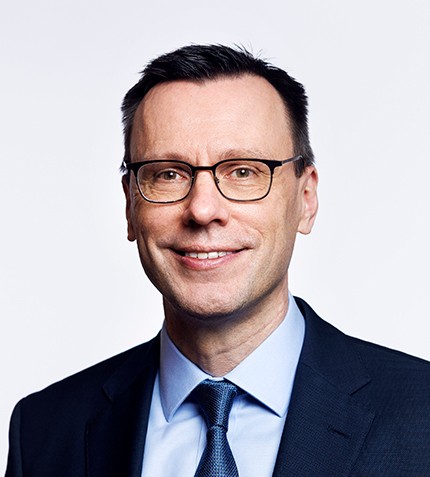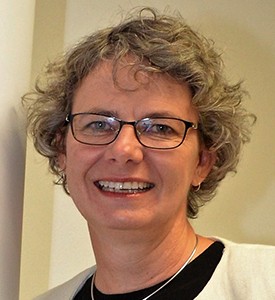
“One of the challenges in the mining sector is the implementation of innovative technologies in an industry that is still very conservative. While there are significant investments being made by companies into R&D, the transfer and adoption of this knowledge and innovative techniques can be slow.”
Nicole Roocke
CEO, MINERALS RESEARCH INSTITUTE OF WESTERN AUSTRALIA (MRIWA)
Established by the WA Government under the Minerals Research Institute of Western Australia Act 2013, what is the Minerals Research Institute of Western Australia’s (MRIWA) current mandate?
MRIWA’s mandate is to be a catalyst for mining innovation and technology development in Western Australia and to stimulate minerals research to support investment in, and operation of, a globally competitive minerals industry in Western Australia.
We are currently reviewing our research priorities to ensure the projects we invest in deliver benefit to Western Australia whether that be through technology solutions for the sector, more efficient approvals processes, jobs for Western Australians, improved environmental and safety practices or increased royalties.
We look across the mining value chain and seek projects that will be transformative for the sector and invest in research that will help to develop new exploration techniques, create new mineral provinces or enable increases in productivity.
MRIWA fills a significant gap in the market between science and application and between industry and academia to support the intent of government to foster structured interactions between government, universities, business, industry and the community to create new industries and job opportunities.
Is there a particular greenfield area in Western Australia that MRIWA is focused on exploring?
The easy-to-find, larger deposits close to the surface in Western Australia have mostly all been found and exploration is moving into more remote and technically challenging environments.
MRIWA currently has more than half its research portfolio invested in projects which seek to find more resources. For examples we have made an investment in a four-project research program centered on building a better understanding of the Yilgarn Craton in the Eastern Goldfields region of Western Australia, which can result in the development of a new, data-based exploration screening approach that has worldwide application and in the short term may lead to additional gold and precious metals discoveries in the target region.
Our focus is not only in one geographical location or specific commodity but rather to develop new innovative techniques that increase the likelihood of success or develop tools and processes to reduce the cost of exploration close to source. Recent projects approved by the Board seek to develop in-field lab testing capabilities, so samples do not have to be sent away to laboratory facilities but rather are tested more efficiently to enable effective utilization of drill rigs while they are deployed.
A recently completed project by Ryan Nobel at CSIRO looked at enhancing surface exploration success using ultrafine soils requiring much smaller sample sizes than conventional methods, demonstrating the importance of the additional value from assaying regional soil and sediment samples to generate new targets and improve regional geochemical maps.
There is an entire body of knowledge still to be developed to gain an understanding of the resources at depths of more than 300 m across the state.
What have been some of the key barriers towards the adoption of new technologies in the mining industry?
One of the challenges in the mining sector is the implementation of innovative technologies in an industry that is still very conservative. While there are significant investments being made by companies into R&D, the transfer and adoption of this knowledge and innovative techniques can be slow.
When mining companies are making large capital investments to establish new mines they want proven technologies. Once the mines are operational, it can be harder to deploy new transformative technologies while they are seeking a return on the original large investment. While there are some exceptions, due to this a large portion of the mining industry are not first movers and adoption across the sector can be slow.
There is also the challenge of knowledge transfer and getting access to information about new technologies in a very competitive environment
MRIWA has recently joined International Energy Agency's Hybrid & Electric Vehicle Technology Collaboration program. How are you using this opportunity to help facilitate value addition in the WA mining industry?
Given that WA has an abundance of natural resources, we look to maximize the value of these resources for the state. Through MRIWA’s membership to programs such as the Critical Raw Materials for Electric Vehicles (CRM4EV), it will be possible for us to have a better understanding of what the demand characteristics are in markets such as Europe, where government policy has driven a move away from the use of diesel towards more renewable technologies. In understanding what the demand is in large markets such as Europe, we can then have a better understand of what is needed to match the supply of battery minerals from WA.
Through the state government’s investment in the Future Battery Industries CRC, we will be seeking to maximize the opportunity of the natural resources we have here and create an export market in the area of battery materials.
In some areas, Western Australia does already do some downstream processing to add value to different commodities, and there is a strong focus on battery materials as the EV market is expanding rapidly. WA’s distance to market has been a barrier in our value-creation efforts, and there is a need to explore and leverage niche elements and markets where we would be able to add value without having significant transport costs getting materials to market.
Could you elaborate on some of the research projects MRIWA has been investing into?
In our current research portfolio, MRIWA has over 40 different projects underway, with another 11 already approved by the board valued at approximately A$33 million worth of research. The projects we are investing in are across the entire mineral and mining value chain. A recent Economic Impact Assessment into the research funded by MRIWA considered 20 selected projects and found they will generate A$142.2 million in benefits over the ten years from 2018-19 to 2027-28 in real (2017-18) dollars. These case studies demonstrate how:
MRIWA is able to promote science and technology established in other jurisdictions and industry sectors to the benefit of the mining sector in Western Australia. The research projects by CRC ORE in Grade Engineering seek to improve mine economics in a range of ways through the application of advanced and real-time mineral grade assessment techniques using techniques trialled overseas.
Continuity of funding in multiple projects over an extended period can result in fundamental research transitioning into application. Through investment into the Australian Centre of Geomechanics mXrap, a more informed understanding of the science of rockburst and rockfall events in underground hard rock mines was enabled, reducing human cost of seismic events. The locally undertaken research has achieved global recognition and culminated in the development of a software platform in operation across a number of mine sites around the world.
Investment in a single project can enable a small start-up to demonstrate proof of concept within an operating mining context. A project with Soter Analytics enabled a commercial trial of a technology product that aims to reduce the incidence of avoidable musculoskeletal injuries with the potential for the technology to be used in any environment where risk of repetitive strain injuries exists.
Collaborating with the ChemCentre, another WA Government statutory authority, on the development of a more time and cost-effective approach to environmental leaching risk assessments for new mine proposals can result in a standardized approach to apply across the state’s iron ore mine environmental assessment approval processes, reducing the time taken to go through the EIA process and government resourcing.
What are MRIWA’s key milestones over the coming two years?
MRIWA’s has a key role in creating linkages between researchers and industry members, which would have otherwise not formed and to enable the transfer of knowledge and that industry and adoption of the innovative technologies currently sweeping the sector.
To focus our efforts we will be reviewing our research priority plan over the next three months in consultation with industry, government and the research community. This will then drive activities to build research projects and foster collaboration, leading to a broad range of benefits for the state.




